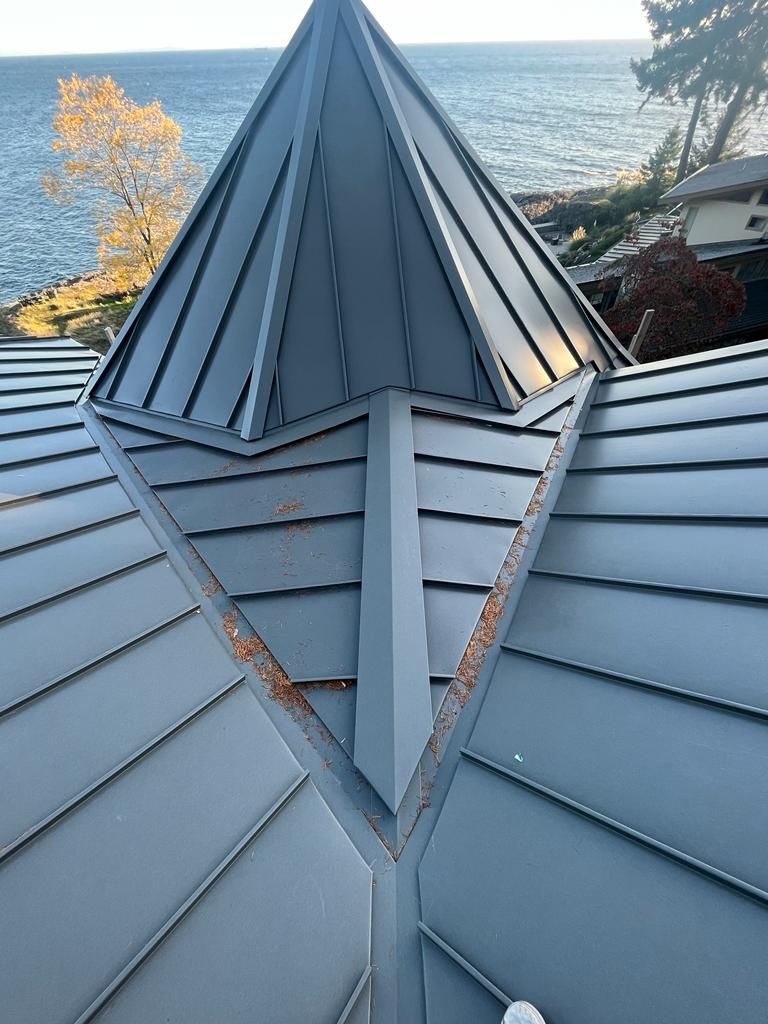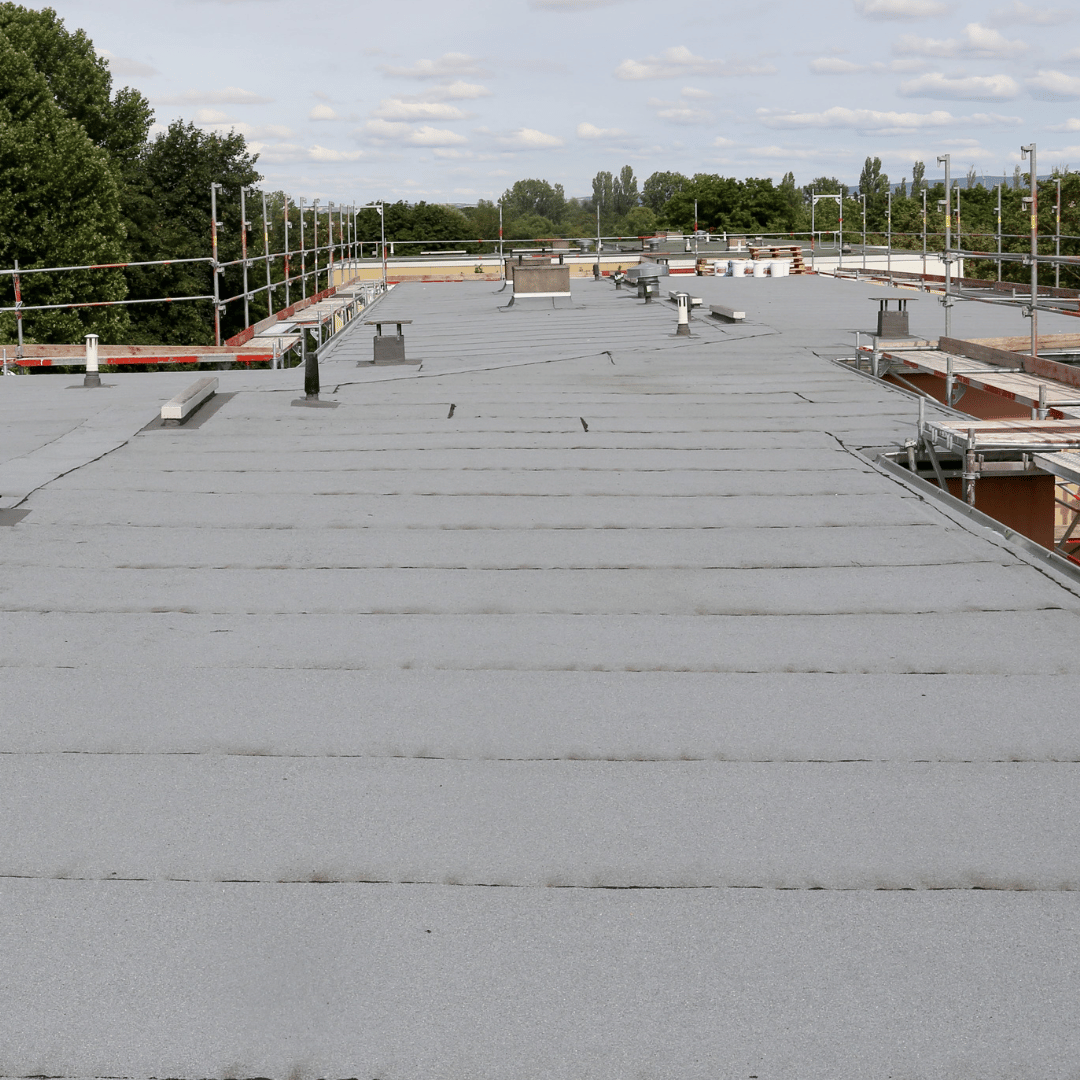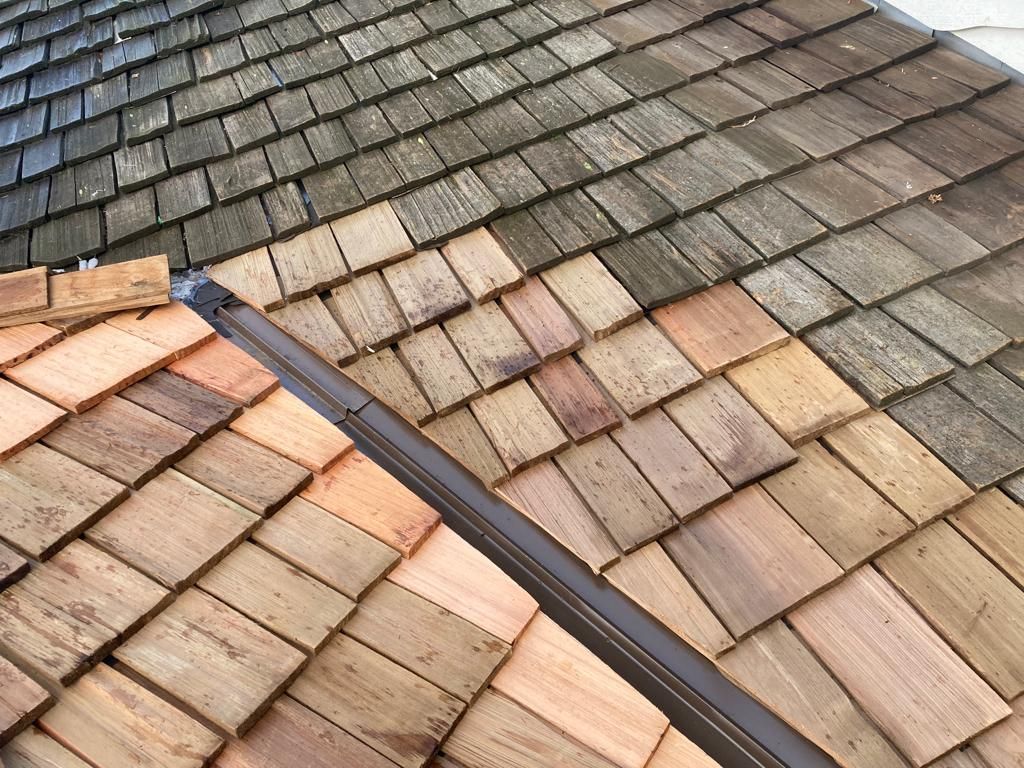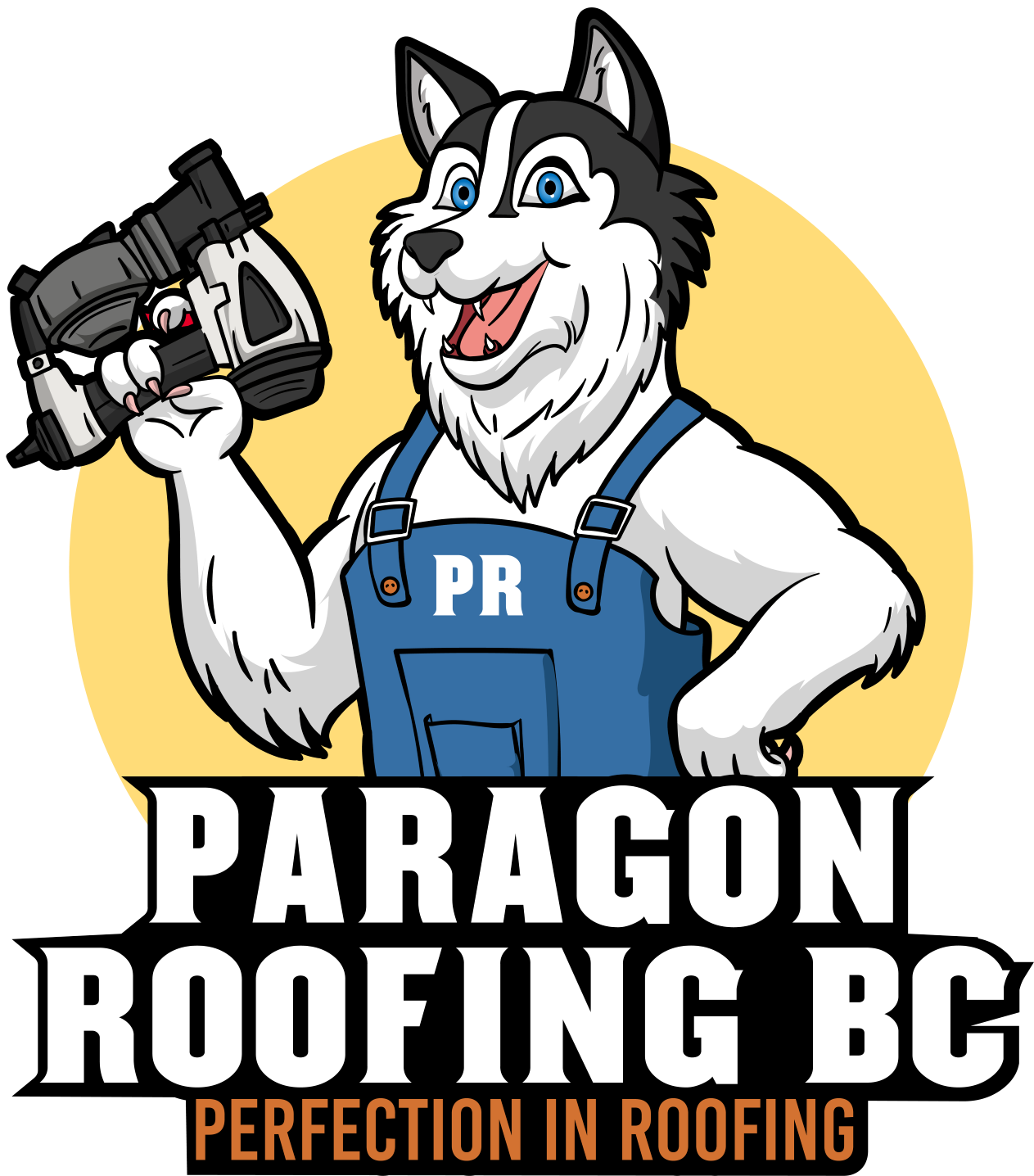Call Today
12233 92 Avenue, Surrey, British Columbia V3V 7R9, Canada
Reach Out
CALL US TODAY · 604-358-3436
Why Roof Ventilation Is Non-Negotiable on Vancouver roofs: Expert Guidance from Paragon Roofing BC
Vancouver Roofs Need to Breathe Too, Let's Explore Why, With Your Roofing Experts!
Hey, it’s Harman from Paragon Roofing BC. Roof ventilation probably isn’t on your mind daily, but in Vancouver’s rainy and sometimes humid climate, it can genuinely make or break your roof’s overall health. I’ve spent countless days climbing around attics across the Lower Mainland, and I’m excited to share practical tips with you.
Summary
Roof ventilation is your best defense against moisture buildup, mold, and high energy bills. In Vancouver—where it rains more than it shines and surprises us with the occasional heatwave—ventilation ensures your shingles last, your attic stays dry, and your home’s temperature remains comfortable. Below, we’ll cover everything from recognizing bad ventilation to practical ways you can improve it. Let’s keep it friendly, straightforward, and grounded in what truly works in our local climate.
1. Vancouver’s Climate and Its Impact on Roofs
Our region isn’t just about scenic mountain views and lush green parks—it’s also notorious for wet, variable weather. Here’s how that plays out for your roof:
High Moisture
- Vancouver’s frequent rainfall and near-constant humidity mean attics can trap moisture quickly.
- Prolonged exposure to dampness can lead to mold, mildew, or even rotting wood if ventilation is inadequate.
- Moist conditions can also reduce your insulation’s effectiveness, raising energy costs and affecting indoor comfort.
Temperature Swings
- While our winters are relatively mild, they can still feel chilly and damp.
- Sudden warm spells (yes, they do sneak up on us here) can stress roofing materials that haven’t been able to “breathe” properly.
- Shingles subjected to ongoing moisture and surprise heat can age prematurely, losing their protective granules faster than expected.
Importance of Balanced Ventilation in Wet Environments
- Proper airflow under the roof deck reduces condensation, which can otherwise cause water stains or structural damage over time.
- By keeping the attic at a consistent temperature, you minimize the formation of ice dams during occasional cold snaps.
- A balanced system of intake and exhaust vents helps prevent mold spores from settling in—and ultimately traveling into your living space.
2. The Principle of Roof Ventilation
Ventilation isn’t rocket science; it’s about allowing fresh air to move from lower to higher points in your attic:
Ridge Vents
- Installed along the roof’s peak, letting out warm or stale air.
- Provide a continuous exit point for rising heat and moisture-laden air.
- In our climate, ridge vents must be sealed carefully to block wind-driven rain.
Soffit Vents
- Located under the roof eaves (the soffits), drawing in cooler outside air.
- Ensure they aren’t blocked by insulation; consider adding baffles to keep airflow unobstructed.
- Maintain them by clearing debris, leaves, or even the occasional spider web that can hinder air intake.
Gable Vents
- Placed on the side walls of your attic (the gable ends), offering cross-ventilation in certain designs.
- In some homes, gable vents work in tandem with ridge or soffit vents, but be aware of potential conflicts in airflow if installed incorrectly.
- For older Vancouver homes with large gable walls, this can be a quick way to add extra venting capacity.
Box Vents
- Fixed vents set on the roof surface; useful for smaller spaces or as supplemental vents.
- Work best when combined with soffit vents to create proper circulation.
- Quality matters—a poorly made box vent can allow rain or insects to enter.
3. Why Ventilation Is Crucial in Rainy Climates
Wet climates come with unique risks. Ventilation offers targeted solutions to keep your home safe:
Dries Out Excess Moisture
- Rain, roof leaks, or even daily humidity can accumulate in the attic.
- Proper ventilation promotes evaporation, preventing long-term dampness.
- Without it, any water infiltration—even tiny amounts—can fester unnoticed and lead to big repair bills.
Protects Attic Insulation
- Insulation works best when it’s dry. When it absorbs moisture, its efficiency drops dramatically.
- With airflow, wet insulation can dry more quickly, preventing mold growth.
- Keeping insulation in good shape helps maintain comfortable indoor temperatures year-round.
Extends Shingle Life
- Shingles can warp, curl, or lose protective granules if they’re constantly exposed to trapped heat and moisture.
- A cooler, less humid attic environment relieves stress on shingles, so they last longer.
- Less frequent replacements or repairs save both money and time.
Improves Indoor Air Quality
- Excess moisture in the attic can encourage mold or mildew, which might spread into living spaces below.
- Proper ventilation keeps musty odors at bay, reducing the likelihood of allergens circulating in your home.
- Over time, a poorly ventilated attic can impact occupants’ health—especially for those with asthma or allergies.
4. Misconceptions About Roof Ventilation
People share many assumptions about attic airflow; let’s separate facts from fiction:
“Ventilation Makes My House Colder in Winter.”
- Reality: Good ventilation primarily targets the attic and doesn’t freeze out your living spaces.
- Your insulation layer is there to trap heat where you need it—in the rooms below, not in the attic.
- If you feel a draft, it’s more likely an insulation issue than a ventilation one.
“No Leaks, No Ventilation Needed.”
- Reality: Moisture also arrives in the attic through everyday activities (cooking, laundry, showering).
- Warm indoor air rises, carrying water vapor that can condense on cold attic surfaces.
- Even a perfectly sealed roof can develop mold without proper airflow.
“We Don’t Get Hot Enough for Ventilation.”
- Reality: Vancouver might not be the Sahara, but even moderate heat can warp shingles if hot air stagnates.
- Attic temperatures can spike on sunny days, damaging roofing materials over time.
- Proper ventilation lowers attic temps, reducing wear on shingles and decking.
“More Vents Is Always Better.”
- Reality: Balance between intake and exhaust is what matters most.
- Adding too many vents in random places can disturb natural airflow patterns.
- An expert assessment ensures your vent placement matches your roof size and design.
5. Telltale Signs of Inadequate Ventilation
Knowing the warning signs can help you catch issues early and save you from expensive repairs:
Musty Odors
- A persistent, stale smell can point to hidden mold growth in the attic.
- Check insulation and wood surfaces for greenish-black patches or dampness.
- If the smell worsens on humid days, it’s a strong indicator of inadequate air circulation.
Warped or Damp Wood
- Attic rafters or floorboards that appear swollen or soft could mean moisture saturation.
- In extreme cases, the wood might become spongy, undermining structural integrity.
- Even slight warping can be a sign that your ventilation system isn’t effectively drying out the space.
Temperature Imbalance
- If upstairs rooms are consistently hotter or more humid than downstairs, your attic may be trapping heat.
- Watch out for higher energy bills, as your cooling system might be compensating.
- Unchecked, this can lead to premature aging of roof materials and more frequent maintenance.
Shingle Issues
- Curling, cracking, or uneven shingles typically link back to excess attic heat and trapped moisture.
- Inspect your roof from ground level or with binoculars; if shingles look twisted or off-pattern, investigate.
- A thorough attic inspection can confirm whether poor ventilation is the culprit.
6. How to Improve Roof Ventilation
There’s no one-size-fits-all solution, but these steps can enhance your roof’s airflow:
Check Existing Vents
- Ensure ridge vents and soffit vents aren’t clogged by leaves, dirt, or insect nests.
- Keep an eye out for improperly installed or damaged vent covers that may let rain in.
- If vents are painted over or blocked, restore openings so air can move freely.
Inspect Attic Insulation
- Look around the eaves to verify insulation hasn’t been stuffed too far into the corners, choking off airflow.
- Add ventilation baffles (or rafter vents) to maintain a clear path for incoming air if needed.
- Upgrading to a moisture-resistant insulation material can provide an extra layer of protection in damp climates.
Add or Upgrade Vents
- For older homes, installing a continuous ridge vent can dramatically improve attic airflow.
- If you lack soffit vents, adding them is often the most effective upgrade.
- In certain roof designs, strategically placed gable vents or box vents can offer supplemental circulation.
Choose Quality Materials
- Opt for vent covers that resist both insects and wind-driven rain—common challenges in the Lower Mainland.
- Durable vents that can handle temperature swings prevent future leaks or warping.
- Reputable brands may cost more upfront but often save you from extensive water damage repair later.
Routine Maintenance
- Make it a habit to clear gutters and downspouts; clogged gutters can lead to water backing up into the eaves.
- Schedule a yearly attic inspection, focusing on moisture levels, mold growth, and ventilation blockages.
- If you spot minor issues like loose vent flashing, address them promptly before they become bigger headaches.
7. The Ventilation–Insulation Partnership
Ventilation and insulation function best when they work together:
Moisture Control
- Ventilation circulates fresh, dry air into the attic and pushes out humid air.
- Insulation stops warm, moist air from seeping into the attic from living areas below.
- When both are well-balanced, you drastically reduce the risk of mold spores taking root.
Energy Efficiency
- A well-insulated attic holds interior heat in winter and keeps your home cooler in summer.
- Proper ventilation prevents heat buildup that could degrade insulation or reduce its R-value.
- Lower monthly utility bills often justify any upfront investment in upgrading these systems.
Extended Roof Life
- Trapped moisture and heat weaken roofing materials like plywood sheathing and shingle adhesives.
- Adequate airflow relieves pressure on the roof deck, letting it “breathe” and remain stable.
- Delaying the need for a new roof even by a few years can save thousands of dollars.
Compliance with BC Building Codes
- Local regulations in Vancouver specify minimum insulation requirements and venting standards.
- Exceeding code requirements can be a bonus—especially in areas prone to heavier rainfall or strong winds.
- Good ventilation also supports resale value, as inspectors often evaluate attic health.
8. Energy Efficiency and Year-Round Comfort
In Vancouver, we may not see extremes like Saskatchewan winters or Okanagan summers, but our weather swings still impact indoor comfort:
Winter Benefits
- Properly vented attics help channel out excess moisture, preventing damp insulation.
- With insulation in good shape, your furnace runs more efficiently to keep you cozy.
- No one wants to pay extra just because the attic is basically acting like a steam room above your head.
Summer Perks
- During a sudden heatwave, attic temperatures can soar, driving up cooling costs (or making fans work overtime).
- Ventilation exhausts hot air, helping your upstairs rooms stay cooler and more tolerable.
- A balanced attic climate prevents “hotspots” that can warp shingles, saving you future repair costs.
Environmental Angle
- Lower energy usage means a reduced carbon footprint, something we all strive for in the Pacific Northwest.
- Fewer wasted resources also translate to fewer materials heading to landfills due to premature roof failures.
- Cutting down on energy bills is kinder to both your wallet and the planet.
9. Choosing a Roofing Contractor in Vancouver BC
You might try DIY fixes, but given Vancouver’s specific challenges, working with a local expert often pays off:
Local Experience
- Vancouver’s weather cycles—heavy rain, occasional storms, and mild dryness—demand targeted solutions.
- Contractors familiar with our climate know which vent types stand up best over time.
- Understanding local quirks (like how the wind whips around the North Shore mountains) leads to better installation.
Building Code Familiarity
- BC building codes require certain venting ratios and insulation levels.
- A pro roofer ensures compliance, preventing potential fines or failing home inspections.
- Meeting or exceeding code also translates into better resale value and peace of mind.
Quality Craftsmanship
- Even top-grade vents won’t fix your attic issues if they’re installed incorrectly.
- A knowledgeable contractor checks your attic insulation, roof deck, and soffits together—ensuring a seamless system.
- Properly sealed flashing around vents means less chance of water intrusion or drafty gaps.
Portfolio & Reviews
- Look for before-and-after photos or local references to gauge a roofer’s skill.
- Online reviews can highlight a contractor’s professionalism and ability to handle unexpected challenges.
- Don’t hesitate to ask how they plan to optimize ventilation specifically for your home layout.
10. Real-World Ventilation Challenges
Over the years, I’ve seen some memorable attic mishaps:
Moldy Attic Near the North Shore
- No soffit vents, plus heavy rainfall pooling around the eaves, created prime conditions for mold.
- By the time I was called, mold had spread across beams and insulation.
- The fix required thorough mold remediation, installing proper soffit and ridge vents, and carefully repositioning insulation baffles.
Peeling Paint in Surrey
- The homeowner noticed paint flaking on the second floor walls and a musty smell in the upstairs hallway.
- Trapped heat and humidity had made their attic a sauna, weakening both the paint and the drywall.
- Installing additional soffit vents and ensuring the ridge vents weren’t clogged solved the issue, and fresh paint now stays put.
Box Vents Gone Wrong in Delta
- A home had multiple small box vents, but they were low-quality and cracked under intense sun exposure one summer.
- Rainwater started dripping in, soaking the attic insulation.
- Upgrading to sturdier vents and sealing them carefully halted the leaks and protected the attic from further damage.
11. Maintenance Tips for Long-Term Roof Health
Even a top-notch ventilation system needs regular check-ins. Here’s what you can do:
Annual Attic Inspection
- Grab a flashlight and peek around for moisture stains, soft spots, or unusual odors.
- Check near the roof edges for any signs of water intrusion—discoloration can indicate early mold growth.
- Look up at the underside of the roof deck for warped or darkened wood, which may suggest a leak.
Clear Soffits and Gutters
- Leaves, debris, or even bird nests can clog soffit vents, blocking airflow.
- Clean gutters prevent water from backing up into the eaves, which can damage both roofing and siding.
- Regularly removing blockages saves you from dealing with moisture problems down the line.
Keep an Eye on Icicles
- While icicles can look picturesque, they often signal poor attic insulation or ventilation.
- They form when trapped heat in the attic melts snow on the roof, which refreezes at the edges.
- Addressing the root issue (usually airflow plus insulation) can help prevent ice dams that lead to leaks.
Professional Inspections
- Every couple of years, consider bringing in a pro for a deeper assessment.
- They can detect subtle issues like hidden mold pockets, early shingle wear, or compromised vent seals.
- Spending a bit on preventive care often means dodging hefty repair bills in the future.
12. Environmental and Health Benefits
Roof ventilation isn’t just about prolonging shingle life; it has broader impacts:
Reduced Carbon Footprint
- A well-ventilated attic helps your HVAC system run more efficiently, lowering energy consumption.
- Using less energy means fewer greenhouse gas emissions—something many of us care about in the eco-conscious Pacific Northwest.
- Efficiency gains also reduce strain on local power grids, especially during peak usage in temperature extremes.
Healthier Indoor Air
- Properly circulating air in the attic means fewer musty smells wafting down into living areas.
- Mold growth is less likely when moisture can’t build up unchecked.
- Family members with allergies or respiratory conditions often notice fewer symptoms when indoor air stays fresher.
Less Construction Waste
- Extending the lifespan of your roof means fewer materials (like shingles, plywood, and insulation) ending up in landfills.
- Replacing a roof prematurely is both expensive and environmentally taxing, given all the resources involved.
- Attic ventilation is a small step that has a surprisingly large impact on reducing waste over time.
Roof ventilation isn’t something you see every day, but it’s working quietly behind the scenes to keep your home healthier and more comfortable. By balancing intake (soffit) and exhaust (ridge or other vents), you control moisture, support your insulation, and ensure your attic doesn’t turn into a climate liability.
Thank you for reading and trusting me with your roofing know-how. Here’s to fewer damp attics and a healthier home environment in our beloved, rain-loving Vancouver.
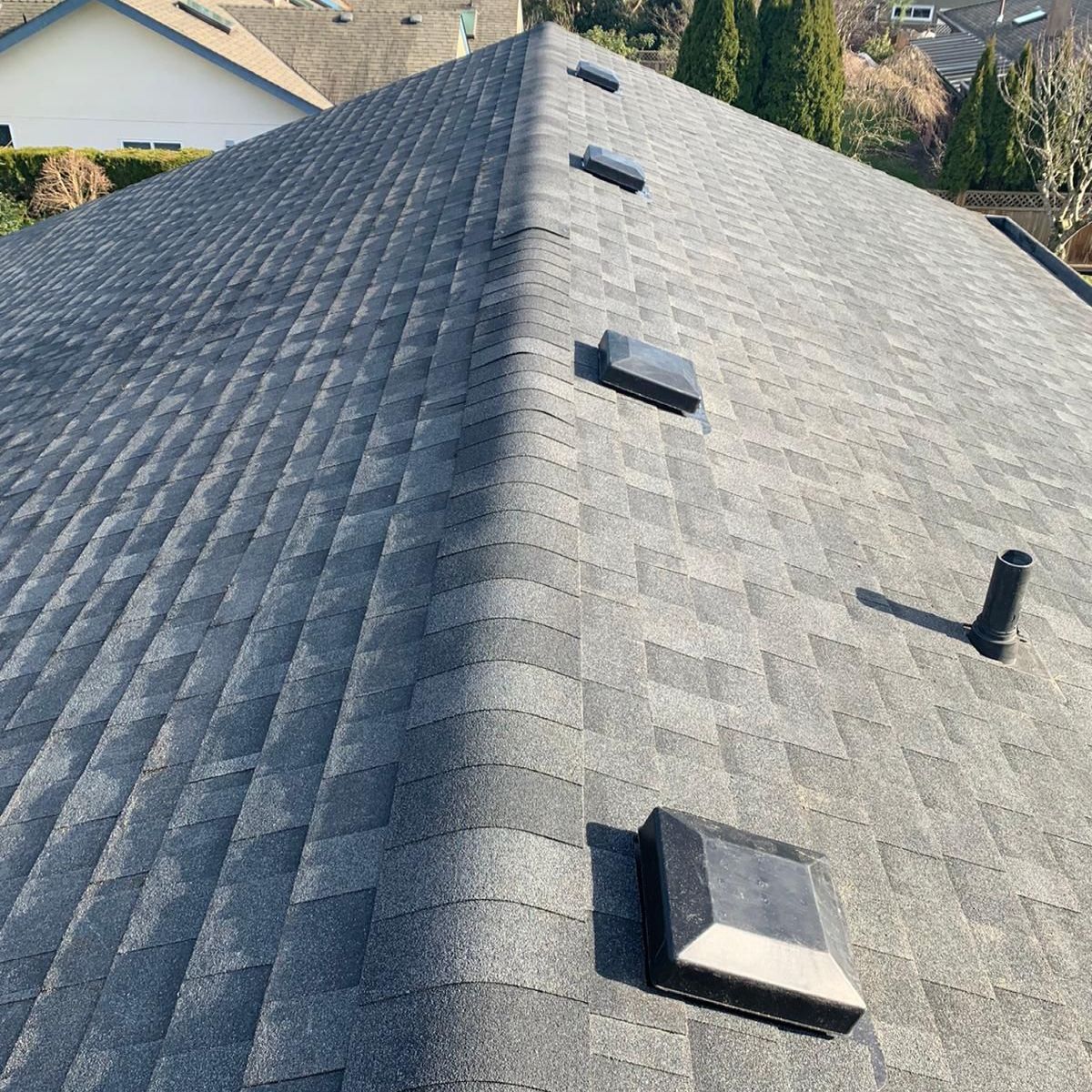
Our Roofing Blog
Have more questions about roofing?
Check out our FAQs or give us a call today to speak to an expert roofer in Vancouver Lower Mainland, BC. We're here to help our neighbours make educated decisions about their roof. For our team, we value helping clients save money while making their roofs last.
All Rights Reserved | Paragon Roofing BC | Web Design & SEO by Piiper Digital Solutions

